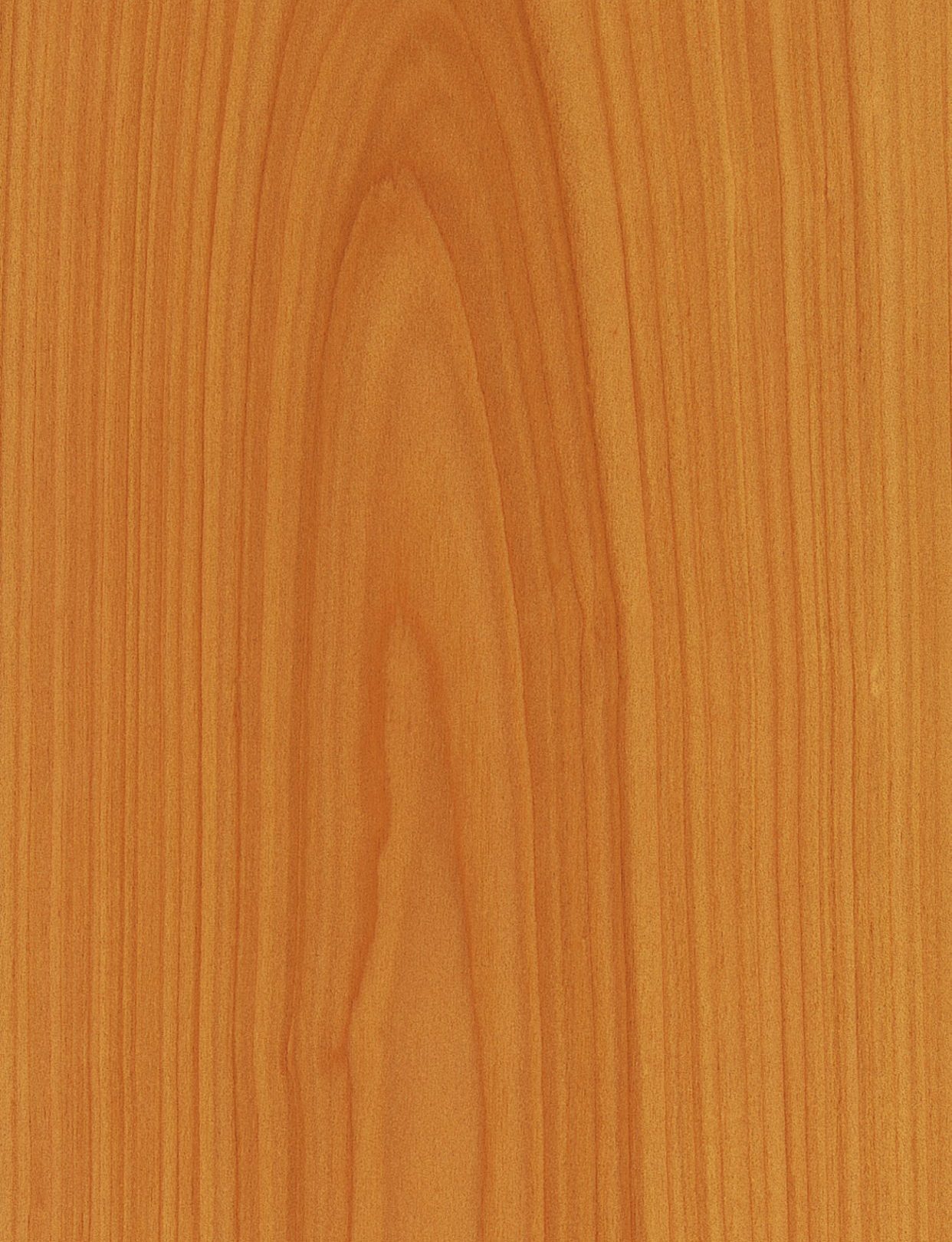
European Cherry
Prunus avium, Cerasus avium

Trade Names
Cherrytree, Kohl Cherry, European Cherry
Origin
Europe and Lower Asia.
Range
The Cherry used and sought for the wood working industry is not cultivated in the garden but is the wild growing tree occurring in forest stands. It grows generally alone in mixed stands. Since its cultivation was neglected by the German forestry industry during many decades of monoculture it occurs in Germany considerably less than in France. This species, however, is very common and wide-spread in the Eastern European countries and since the collapse of their communistic systems, most logs on the market have been bought there.
Uses
Excellent and very exclusive veneer wood for the furniture industry and interior fixtures. Popular parquetry wood also held in high esteem in the piano industry.
Properties
Warm, reddish orange color and unlike the American Cherry the veneer becomes more and more attractive and warmer in time. Often with slight green streaks. One of the most beautiful known furniture wood species. In the meantime a trade mark as “Kohl Cherry”.
Machining
Cherry can be worked very well and is easily planed, molded and turned, achieving very smooth surfaces.
Seasoning
herry can be easily dried, but drying should not be too fast to avoid losses through warping. Heavily twisted logs should be dried separately.
Finishing
Because of its texture and pores Cherry is excellently suited for polishing. The surface should be given a slight gloss at least.
Jointing
Glue joints hold well. Screw joints should be pre-drilled to avoid splitting.

